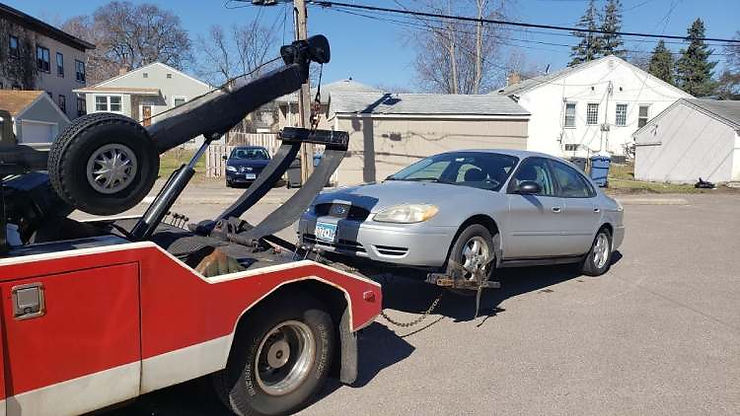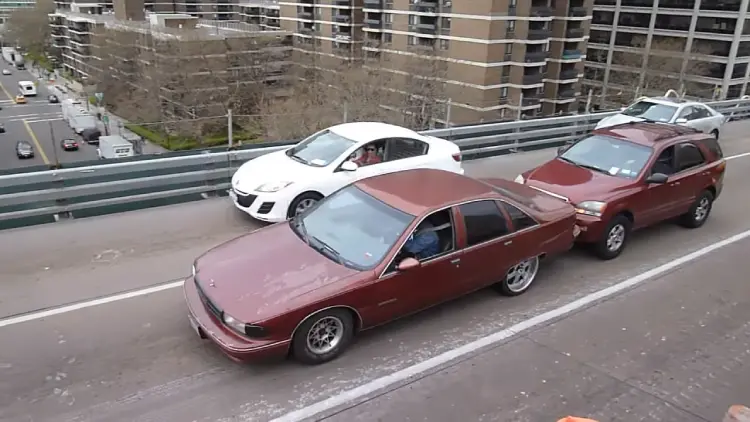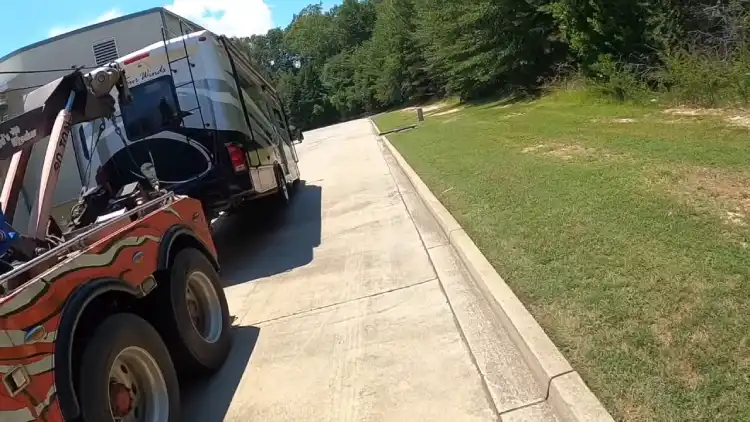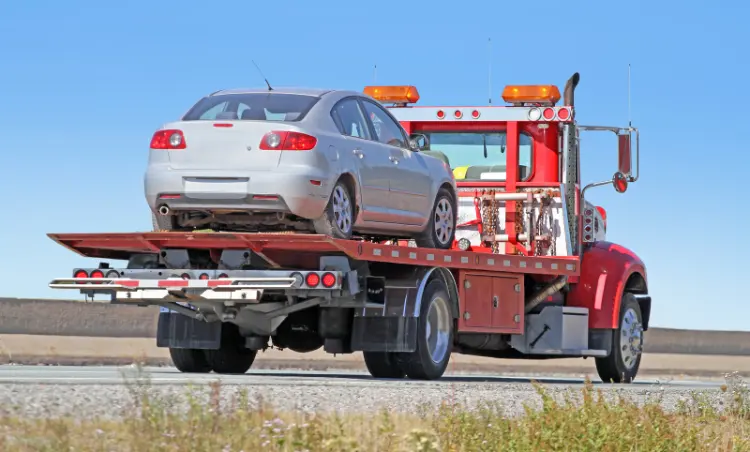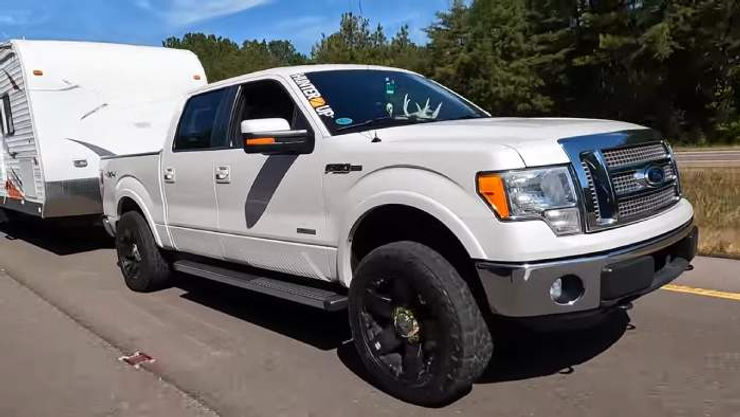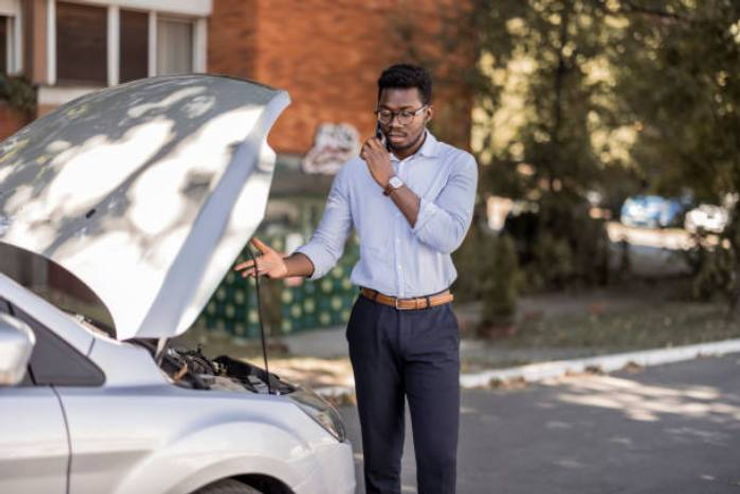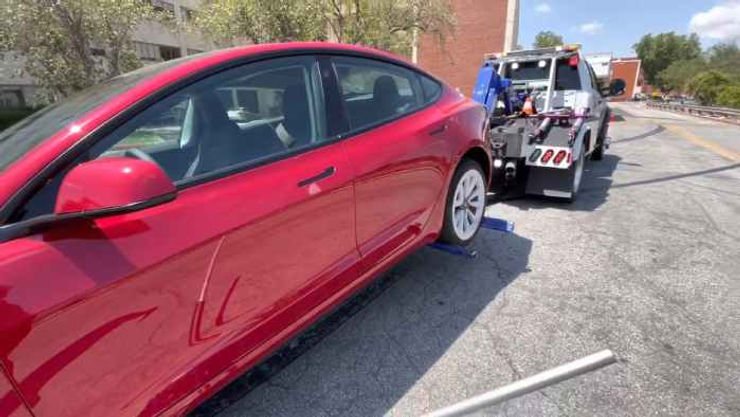When faced with a broken down car or relocation, towing an automobile can be a tricky business. Fortunately, there are several efficient ways to transport your front-wheel drive vehicle – from using a tow dolly and trailer for improved safety and durability to flat-towing for maximum convenience.
Before towing, it’s essential that both the vehicle and trailer are properly set up with safety at the top of mind. Taking necessary steps like inspecting equipment and ensuring all parts have been secured will avoid dangerous situations while on the road.
Learn the secrets to hitch a front-wheel-drive car with ease. We’ve put together an easy guide detailing how to tow your vehicle quickly and safely.
How to Tow a Front-Wheel-Drive Car: Six Steps to Follow

The following steps should be followed:
ONE: Choose the Right Towing Method
Several methods can be used to tow a front-wheel drive car, each one offering different advantages. We will discuss three of them: towing with a tow dolly, flat-towing, and using a trailer.
Tow Dolly Option: The tow dolly option requires you to lift the front wheels of the car off the ground for it to be towed. This is done by connecting straps between the two vehicles.
Trailer Option: If you choose the trailer option, attach a trailer to your car and secure it with straps or chains. This is ideal for long-distance trips since it keeps the car secure while being towed.
Flat Towing Option: The flat towing option requires you to attach a specialized tow bar that connects both cars. It’s generally used for short distances since there’s less risk of damage.
TWO: Prepare the Towing Equipment
Once you have chosen your preferred method of towing, it’s time to prep your equipment before hitting the road. If you are using a tow dolly or trailer, make sure they are securely attached and balanced before starting out on your trip.
Besides that, make sure any straps or chains that will be used in securing the vehicle are strong enough and tightly fastened. When lifting up the front wheels of your vehicle using a tow dolly or other device, ensure that all safety precautions are followed.
Doing so will prevent damage from occurring during transportation.
THREE: Prepare the Car for Towing
Before beginning your journey, ensure that all safety measures have been considered when preparing your car for transport. Start off by turning off its engine and placing it in neutral. Manual transmissions should leave their gear shift in a neutral position as well.
Automatic transmission owners should consult their owner’s manual for specific instructions. Also, determine if adding additional lube pumps would be beneficial during transport. These pumps help keep lubrication steady when traveling long distances with frequent stops.
FOUR: Secure the Car to the Towing Equipment
Once everything has been prepared accordingly and inspected closely. Now is the time to secure whichever equipment has been chosen previously among mentioned three methods towards safely attaining the desired outcome.
Whatever attachment type (straps/chains/hooks, etc.) is used, it should be connected multiple times securely. So as not to loosen up accidentally endangering lives en route by causing unforeseen accidents due to lack of attention.
Method 1: Using a Tow Dolly: This option requires raising one end of your vehicle to fit onto a tow dolly properly. Once raised, ramps should be placed on either side of the tow dolly before pushing your vehicle onto it.
To keep your car from slipping or rolling during transport, straps should be used around each tire. For your immobile vehicle, wheel chocks should also be used at all four corners to ensure it doesn’t move while loaded.
Method 2: Trailer Option: Similar concept applies here, too. With this option, ramps must first be placed at both ends of your trailer before driving your car up onto it and securing it with wheel straps once loaded properly.
In rough terrain or on highways, it’s a good idea to use wheel chocks on all four corners of an immobilized vehicle.
Method 3: The Flat Towing Option: In flat-towing, you connect your front-wheel-drive car directly to another vehicle with a tow bar instead of using a Dollie, Trailer, Car Carrier, etc. Safety chains should be used from one end of your car’s frame rail across both sides for proper support when flat-towing over bumpy roads or highways.
FIVE: Test the Towing Setup
Before hitting the road with a newly connected towing setup, it is vital to conduct proper testing. You wouldn’t want to find out your brake lights or turn signals on either vehicle or trailer weren’t functioning properly while in the middle of driving.
Check all lights, headlights, and taillights, ensuring they are working correctly. Also, make sure to examine the tension levels of any straps or chains used to secure your load. Double-check if there’s any doubt about their stability within the timeline.
SIX: Tow The Car
After everything is set correctly, now comes the time for the actual thing. Start by driving slowly & carefully letting an adequate amount of time pass and observing how the towed car behaves. Pay attention to movements & sudden jerks caused by external factors, like wind drag pushing against sides.
Make adjustments accordingly during a drive-by increasing/decreasing speed regardless of terrain conditions i.e, hills/valleys, etc, always keeping safety a top priority.
Ready, Set and Tow: Preparing for a Front-Wheel Drive Adventure

Remember to always practice caution when handling heavy machinery and vehicles like these and never attempt a task if you feel unsafe or unprepared.
